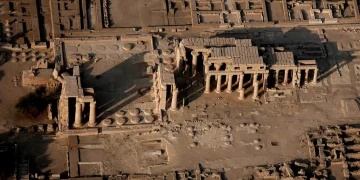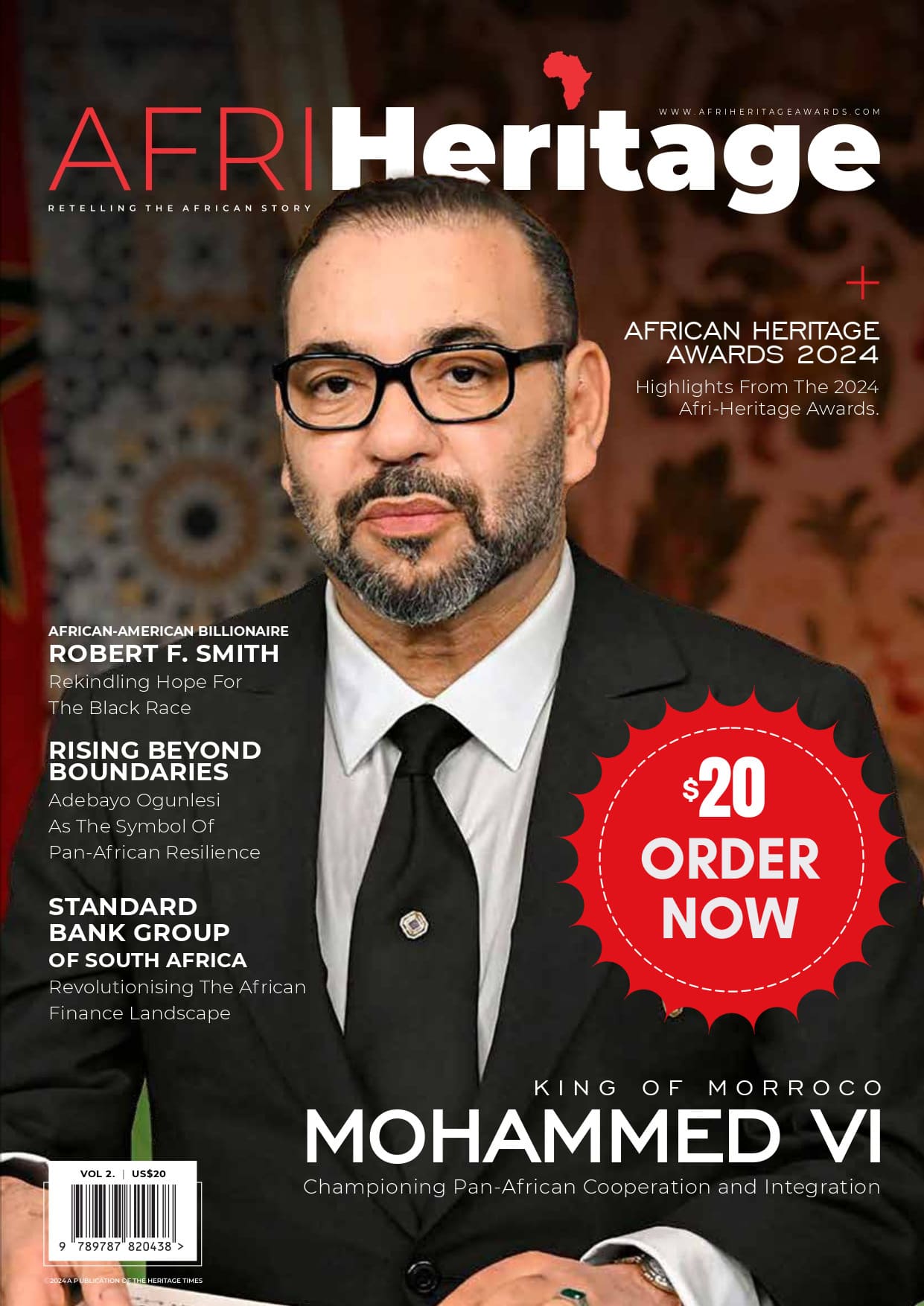By Ebi Kesiena
Egyptian archaeologists has said they had discovered an 1,800-year-old “complete residential city from the Roman-era” in the heart of the southern city of Luxor.
Head of Egypt’s Supreme Council of Antiquities Mostafa Waziri, said in an announcement on Tuesday that the city, dates to the second and third centuries and is the “oldest and most important city found on the eastern bank of Luxor,”,
Archaeologists discovered “a number of residential buildings”, as well as “two pigeon towers” a structure used to house pigeons or doves and a “number of metal workshops,” Waziri said.
Inside the workshops, researchers found a collection of pots, tools and “bronze and copper Roman coins.”
It is a rare archaeological find in Egypt, where excavations including on Luxor’s west bank, where the famous Valley of the Queens and Valley of the Kings lie — are most commonly of temples and tombs.
In April 2021, authorities announced the discovery of a 3,000-year-old “lost golden city” on Luxor’s west bank, with the archaeological team calling it “the largest” ancient city ever uncovered in Egypt.
Critics say the flurry of excavations has prioritised finds shown to grab media attention over hard academic research. But the discoveries have been a key component of Egypt’s attempts to revive its vital tourism industry after years of political unrest, as well as after the Covid pandemic.
The country of 104 million inhabitants is suffering from a severe economic crisis, and Egypt’s tourism industry accounts for 10 percent of GDP and some two million jobs.




































